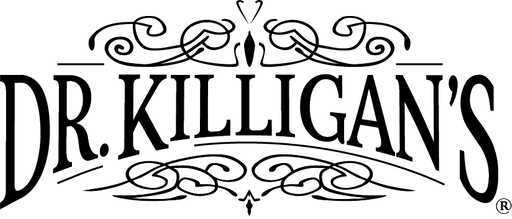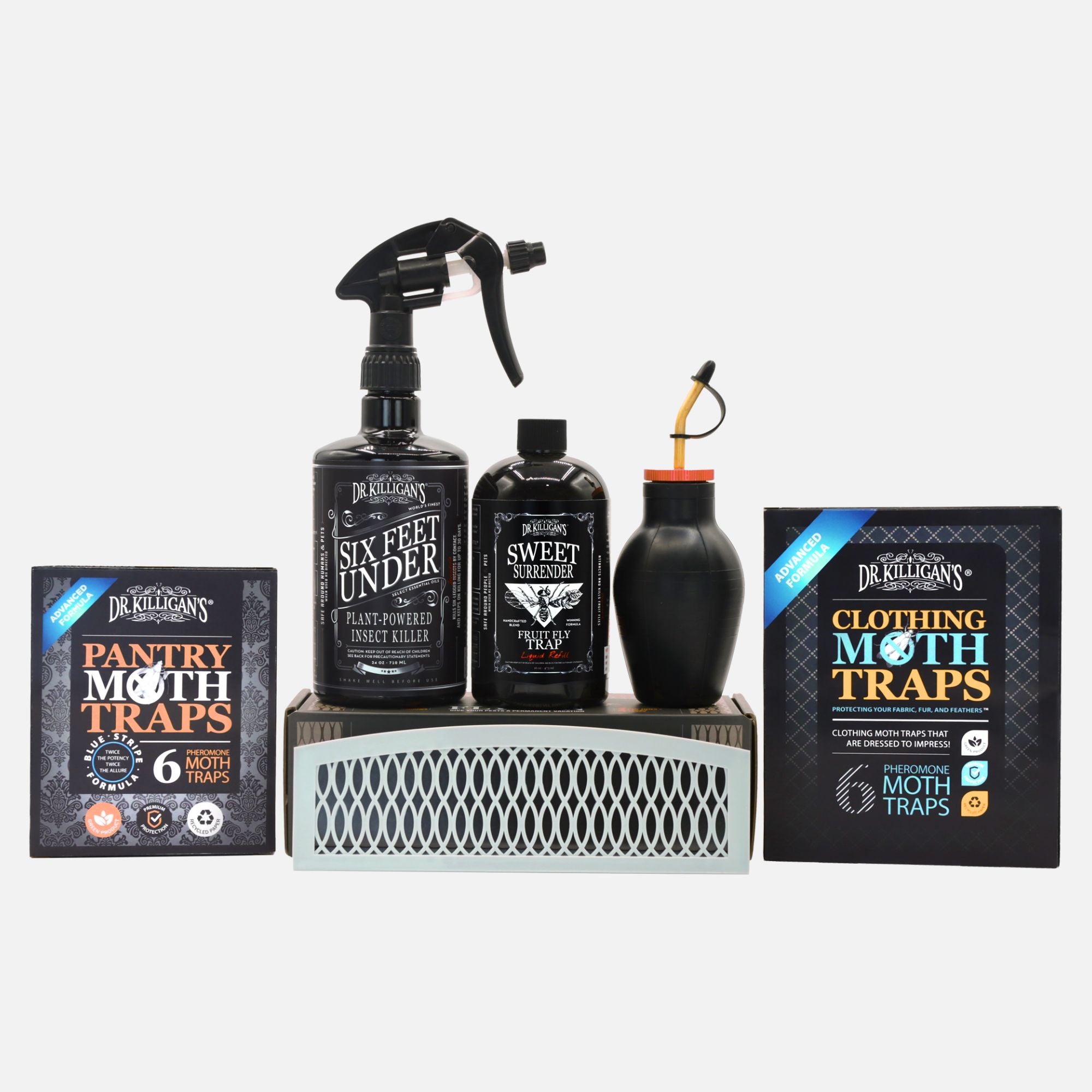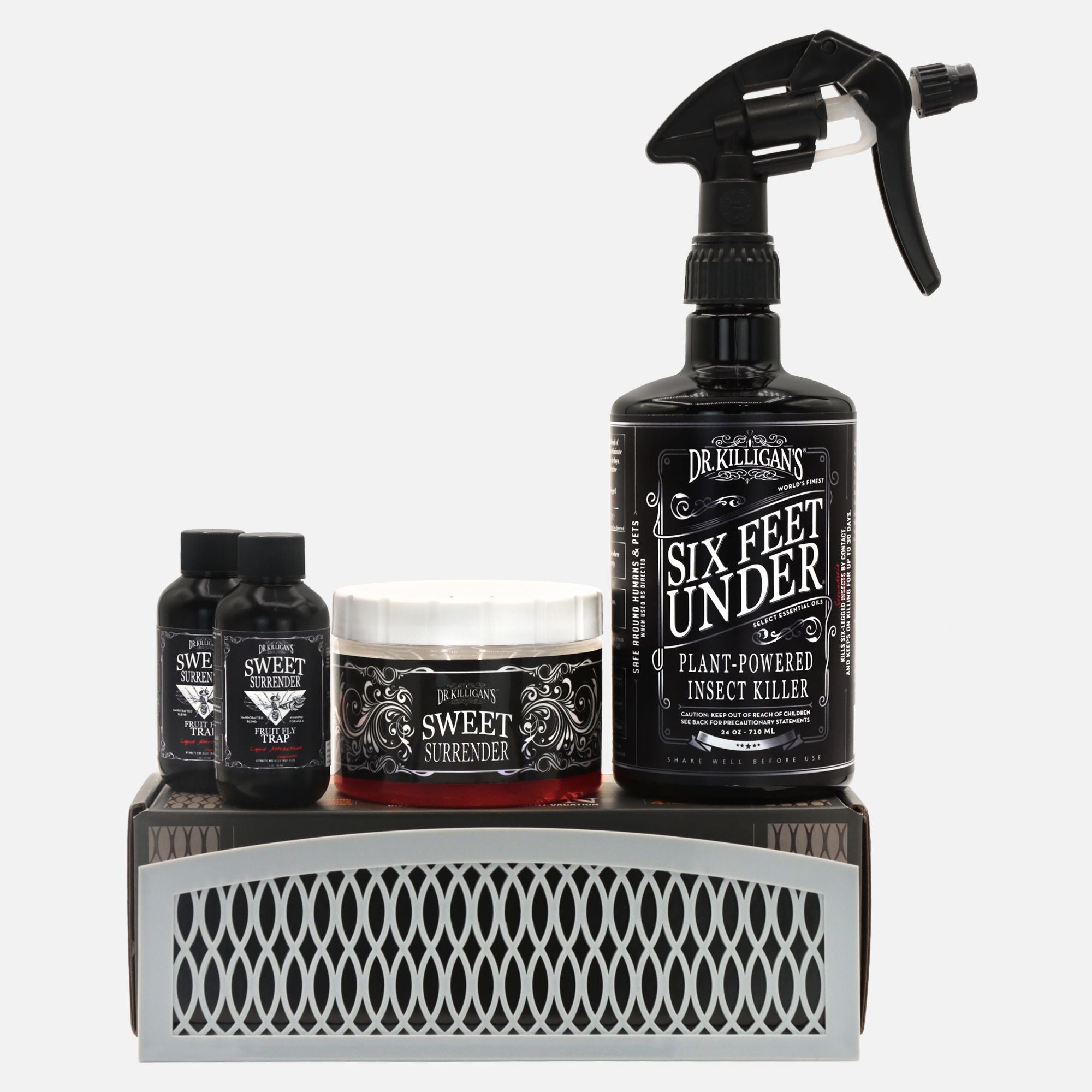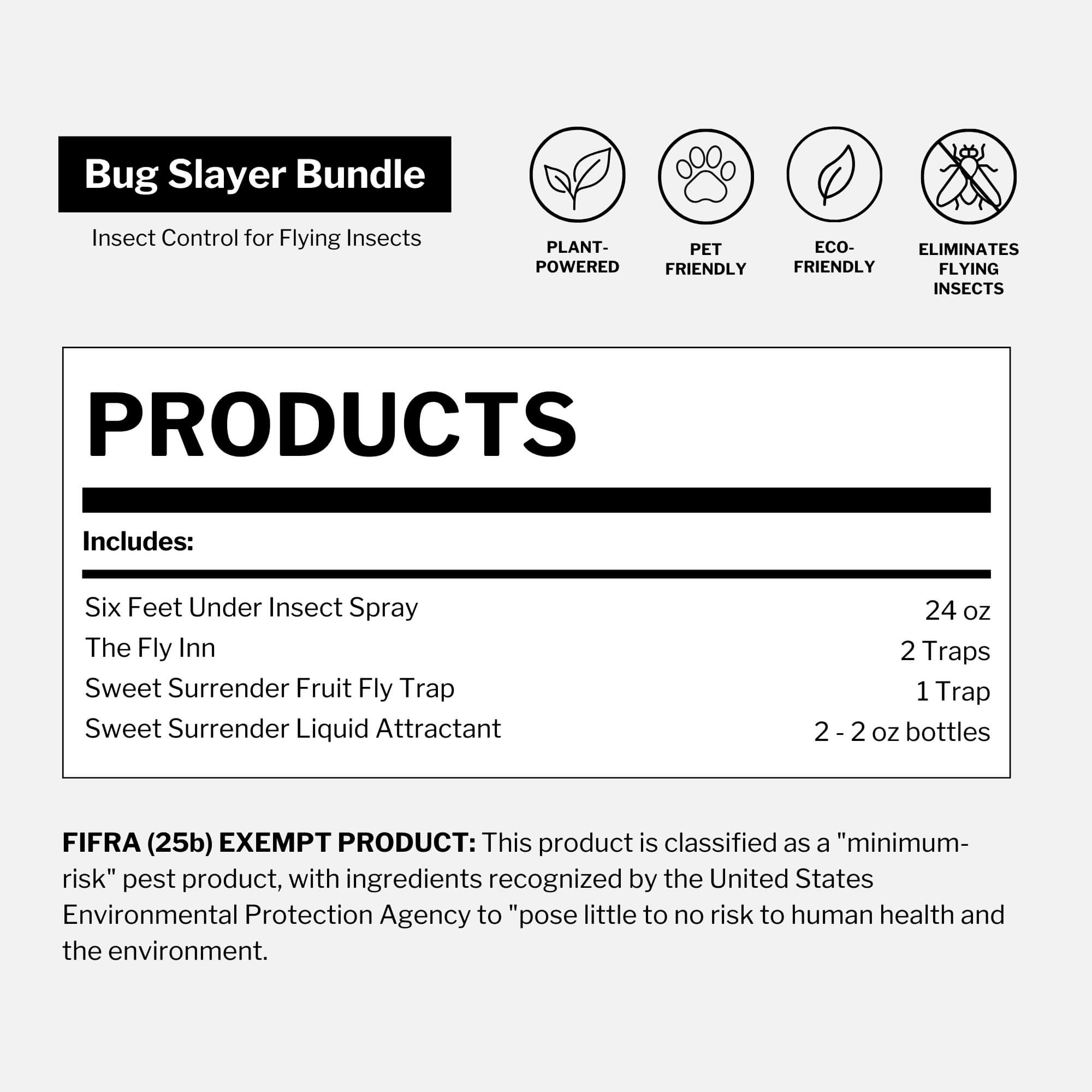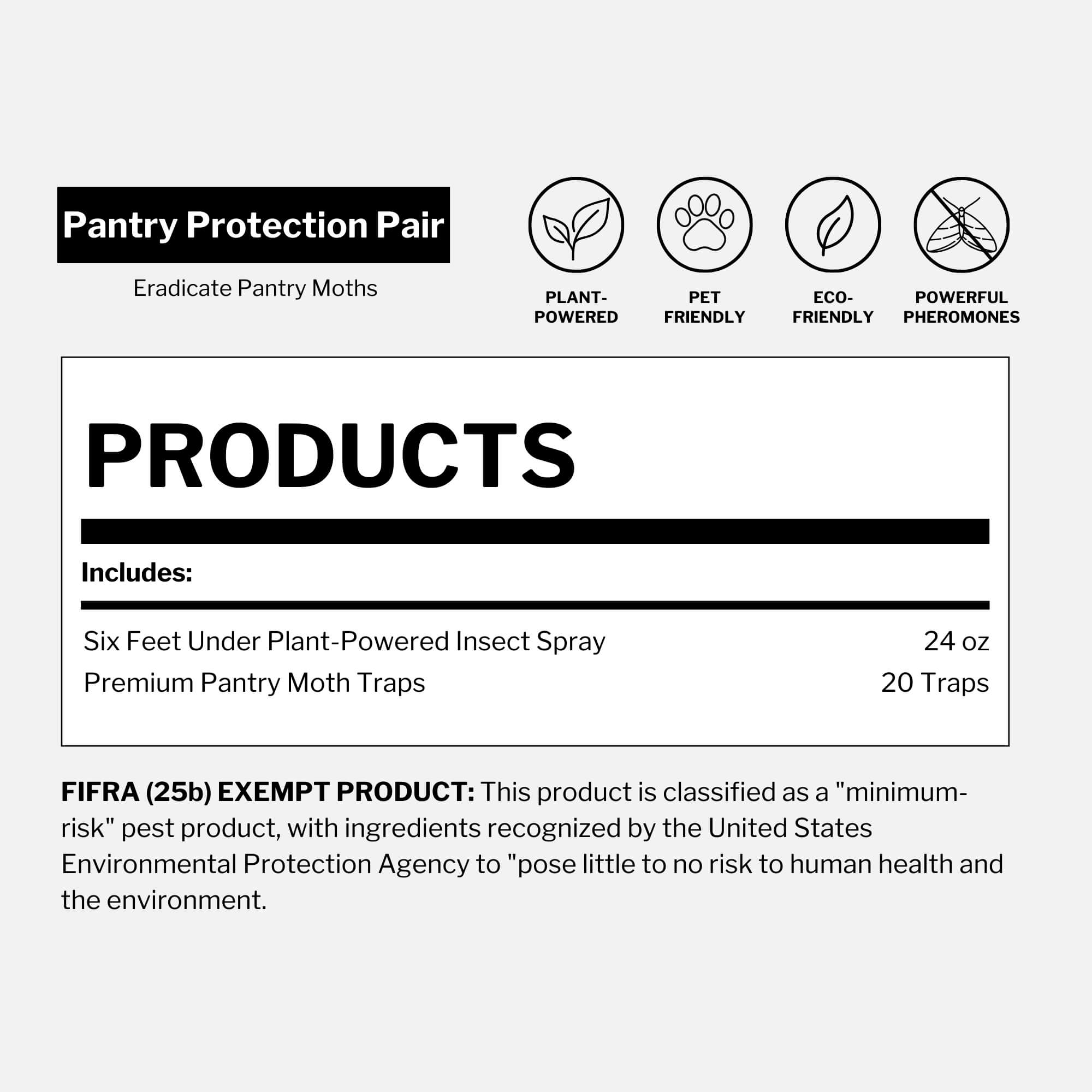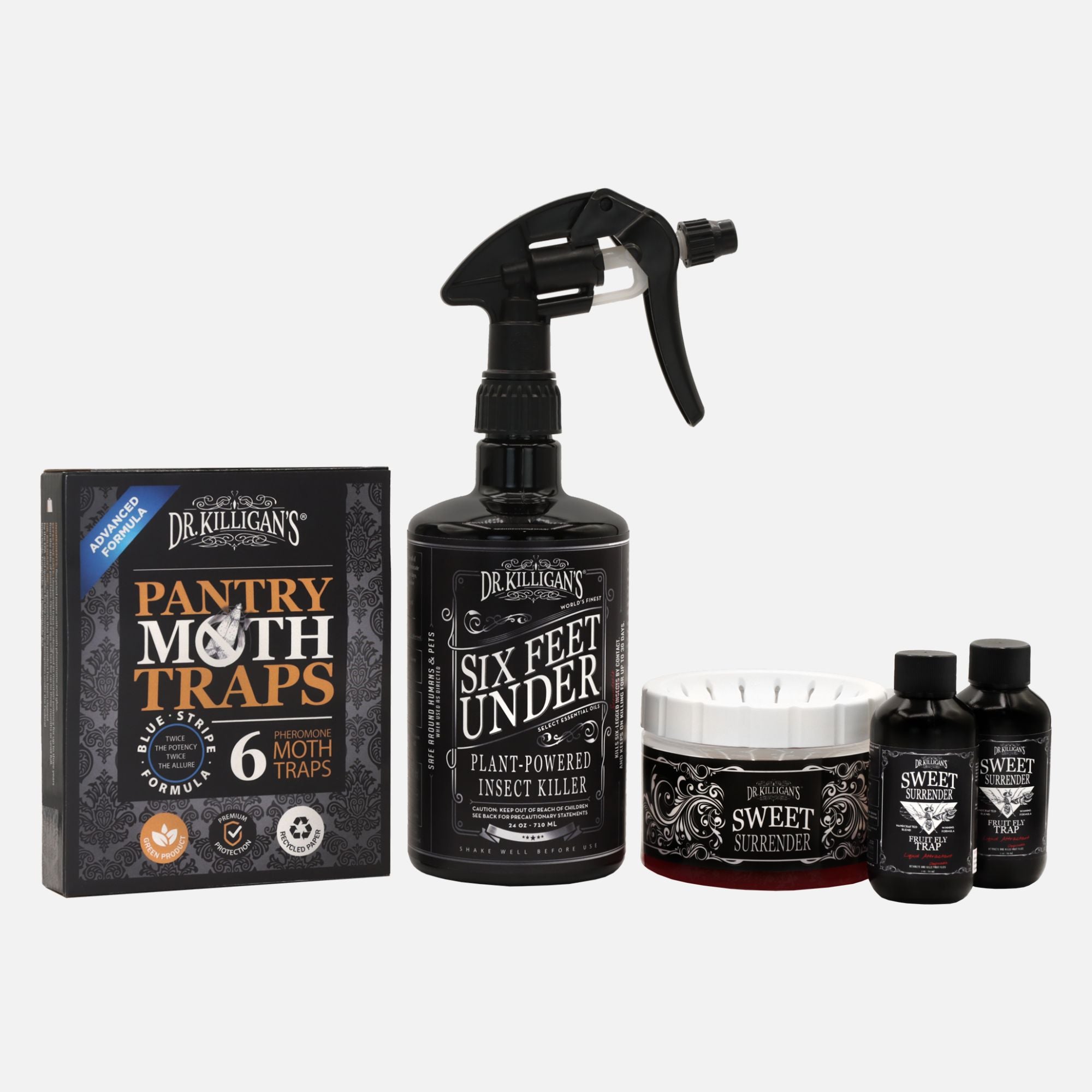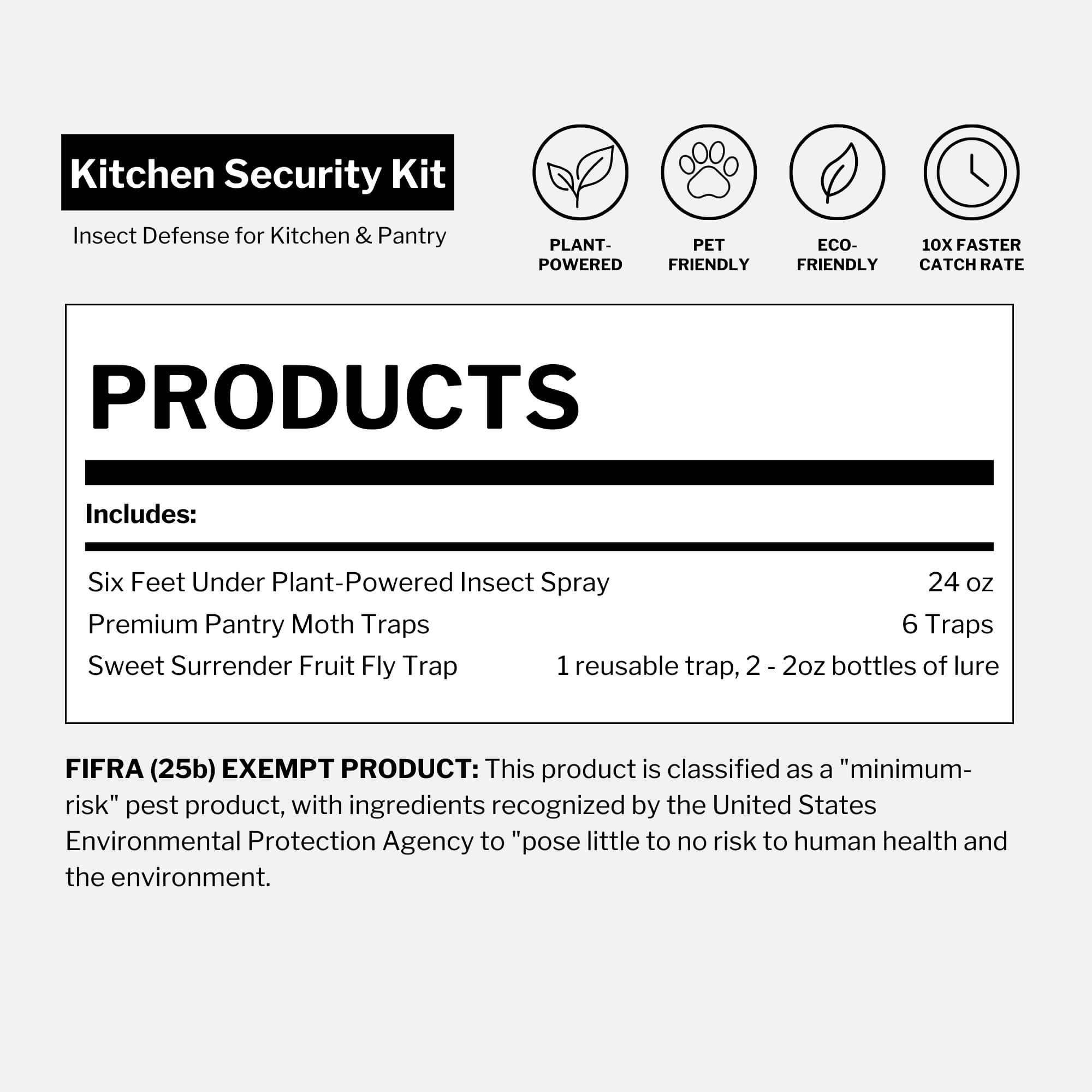Updated on April 8th, 2025
Everyone wants the best pest control—solutions that are safe, effective and long-lasting. But what if the methods we’ve relied on aren’t actually the most effective pest control—and could even be causing more harm than good?
In this guide, I’ll explore why mainstream pest control isn’t always the answer—and what more effective, modern methods of pest management look like.
Why chemical pest control isn’t the best solution
Chemical pest control has long been considered the standard approach. It promises quick results by using synthetic pesticides to eliminate pests on contact. But despite its popularity, this method may not live up to its reputation as the best pest control solution.
Here’s what chemical pest control methods typically involve:
- Synthetic pesticides designed to kill insects quickly
- Broad-spectrum toxicity that harms more than just pests
- The risk of pest resistance, where bugs adapt and return stronger
- Repeat applications to maintain effectiveness
While these chemical methods may provide short-term relief, they come with hidden costs—to your health, your environment and your wallet. And in many cases, they fail to offer lasting protection.
It’s time to question whether these traditional solutions truly deserve the title of “best pest control”—or if it’s time to explore the best pest control methods that actually deliver long-term results.
How traditional pest control harms the environment
Chemical pest control may be common, but from our perspective, it’s far from the most environmentally responsible solution. The best pest control methods—those we stand behind—are designed to avoid harsh chemicals altogether.
Here’s why:
- Synthetic pesticides can seep into the soil and contaminate groundwater.
- These broad-spectrum toxins can eliminate beneficial insects like pollinators and predatory species essential to ecological balance.
- These toxins can spread to nearby aquatic ecosystems, damaging biodiversity.

Additionally, the carbon footprint of traditional pesticide production and use is substantial. Manufacturing, transporting and applying these chemicals contribute to greenhouse gas emissions and worsen climate change—especially since most pesticides are made from fossil fuels. For example, producing just one ton of the herbicide glyphosate can generate more than six tons of carbon dioxide equivalent.
When weighing options for effective pest management, it’s worth asking: Is short-term convenience worth long-term environmental damage?
Health risks of chemical pest control (and why safer methods matter)
Chemical pest control methods may be designed to kill pests—but they don’t always stop there. These toxic substances can also pose serious health risks to humans and pets.
Exposure has been linked to a range of issues, including:
- Skin and eye irritation from direct contact or fumes
- Cancer, particularly non-Hodgkin lymphoma and childhood leukemia
- Neurodevelopmental disorders such as ADHD and lowered IQ in children
- Hormonal disruption can interfere with the endocrine system
Many of these effects don’t stem from a single high dose. Instead, it’s low-level, long-term exposure—especially indoors—that builds up in the body over time. Children are especially vulnerable, as their developing bodies absorb more chemicals relative to their size.
A study from the American Academy of Pediatrics found that home insecticide use was significantly associated with an increased risk of childhood leukemia. *Other studies referenced in the review also suggest links to brain tumors and lymphomas. And the American Lung Association has flagged indoor air as being 2–5 times more polluted than outdoor air—partly due to pesticide residue.
Is chemical pest control even worth it?
Chemical pest control promises fast results—but at what cost?
Here’s why chemical solutions often fall short:
- Insects can adapt. Over time, pests evolve resistance to commonly used chemicals, making treatments less effective.
- Broad-spectrum pesticides harm helpful species. They can eliminate helpful predators that keep infestations in check.
- Loss of predators leads to reinfestations. Without those natural checks, pest populations often bounce back—stronger and more resilient.
- Chemical sprays miss the root cause. They may kill visible bugs, but they don’t always reach eggs, nesting areas or hidden colonies.
Add to this the growing concerns over health risks, environmental damage and financial waste, and it’s clear that chemical methods aren’t the most effective pest control strategies they claim to be.
What is mechanical pest control?
Mechanical pest control is a chemical-free method that uses physical tools or barriers to eliminate or block pests. Think traps (like our Clothing Moth Traps and Sweet Surrender Fruit Fly Trap) or natural repellents (such as our Cedar Planks) that deter pests without synthetic chemicals. It’s one of the safest, most effective pest control methods for long-term, eco-friendly protection.
A better way to fight bugs: Mechanical pest control that works
Chemical pest control has long dominated the industry—but it’s not the only way. Mechanical pest control and other eco-conscious strategies—like prevention and long-lasting plant-based treatments—can deliver powerful results without compromising your health or the environment.
At Dr. Killigan’s, our mission is to provide pest control that works in harmony with nature—through targeted tools, cleaner ingredients and a deep understanding of insect behavior.
Our approach prioritizes:
- Education—helping you make informed, safe choices
- Effectiveness—proven results without toxic trade-offs
- Respect—for nature's balance and biodiversity

Our product line reflects this philosophy. Whether it’s Six Feet Under Plant-Powered Insect Spray, Dust to Dust, (our non-toxic alternative to diatomaceous earth) or Six Feet Under: Barricade—a first-of-its-kind pest control kit that kills 50+ bug types and protects for up to 90 days—each solution is designed to kill pests safely without poisoning your home. Our Pantry Moth Traps and The Fly Inn provide targeted protection, with thoughtfully crafted, chemical-free designs.
True pest control shouldn’t compromise your health or the planet. That’s why our solutions are rooted in science, powered by nature and built to last.
Reclaiming pest control: The future is mechanical, not chemical
The best pest control strategies go beyond chemical shortcuts. As we stand at a turning point, it’s time to re-evaluate the methods we use—and choose solutions that are safer, smarter and more sustainable.
Eco-friendly options, including mechanical methods and minimum-risk pesticides, offer real protection without compromising our health or harming the environment. In our effort to defeat pests, let’s not create bigger problems. The future of pest control is not just effective—it’s safer, smarter and more sustainable.
